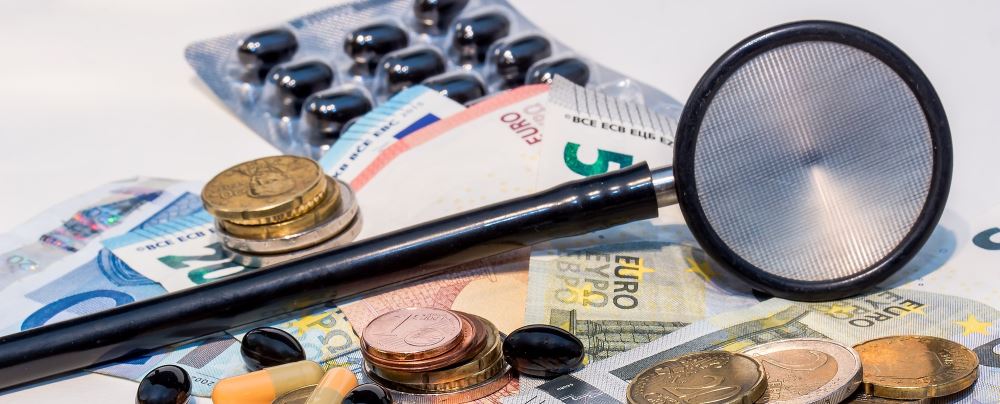Affordability
By Tomer Gofer, Vaica CEO
Olivia R. Van Wyck, contributor
While there are many different factors that contribute to the issue of medication adherence, cost is one of the more prominent ones. Prescription drug costs limit many patients’ ability to take their medications. If the drug is too expensive, many patients opt out of taking the medication at all. Other patients will pay for the medication, but try to make it last longer by not taking the medication regularly to try to save some money. Both of these scenarios contribute to lower patient health outcomes.
High medication costs has been a well-known problem for a long time. Unfortunately, there has been no effective solution. Even though there is nothing that has been enacted, are there any ideas on how to solve the problem?
In a recent article written by the Pharmacy Times, the author addressed the issue of affordability with medication adherence. The author explained that it takes about 2.4 billion dollars to develop a drug and bring it to the market. Since patents for drugs expire after about 8 years, the companies have a short period of time to earn back the money that they spent on developing the drug. This contributes to the increased cost of medications. The article went on describing a possible solution proposed by Forbes magazine. The idea was having each country pay a fair share to purchase the medication and help the United States with the production of medications. In a different article, Forbes suggested 3 additional ideas to help lower drug costs. The first was to cut out the Pharmacy Benefits Managers (PBM) who act as the middlemen between drug companies and patients. These companies help decide drug prices. Forbes suggested they either be cut out or they must be required to report the price that they paid for the medication to the public. Another idea was to have the prices of drugs placed in ads along with other drug information such as the side effects of drugs. The last idea was to speed up the generic drug approval process so that cheaper alternatives were on the market faster. A brand name drug has a patent that will last for a certain number of years. Once that patent expires, then the drug can be made into a generic. After the patent expires, drug companies can start to manufacture new drugs. However, this still takes a significant amount on time.
I think all of these options have potential to lower drug costs. If I was a consumer who cannot afford expensive medications myself, I would prefer the first suggestion that Forbes had. If there was more honesty about what PBM’s pay for drugs and what we are being charged for them, I think that we could make a significant impact on drug costs. If we can successfully lower drug costs through any of these ideas, then we can help eliminate a significant barrier to medication adherence. From my own experience in this field for many years, I can surely say that adherence is not all about remembering to take your meds, some times, it’s simply about affording them.

